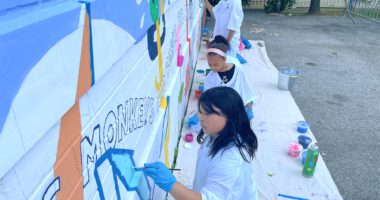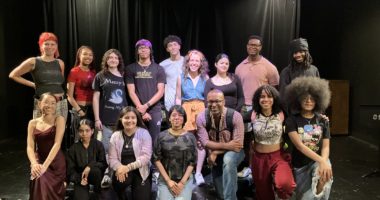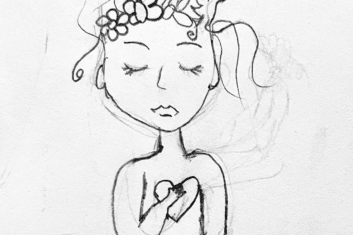Adapt or perish.
H.G. Wells was talking about evolution when he coined that, but it can as easily be applied to teaching artistry. It’s one of the things the first half of my classroom apprenticeship in 6th Grade at IS 126 in Queens has made crystal clear to me.
When selecting our choices of classes, TAP trainees don’t really know anything about the class beyond the time, location, and TA artistic fields. But, of course, being that the New York City public school system is the largest system in the country and serves 1.1 million children, there are many different types of classes to accommodate the needs of many different types of children.
Had I considered that, I might not have been surprised to find that the class I selected was a small, 8-student, self-contained class.
First, what does that mean?
The DOE defines a self-contained classroom in the following way:
“Special Class Services are services provided for children with disabilities in a self-contained classroom. They serve children whose needs cannot be met within the general education classroom, even with the use of supplementary aids and services. In self-contained special classes, students must be grouped by similarity of educational needs. Classes may contain students with the same disability or with different disabilities as long as they have similar levels of academic and learning characteristics, levels of social development, levels of physical development and management needs.”
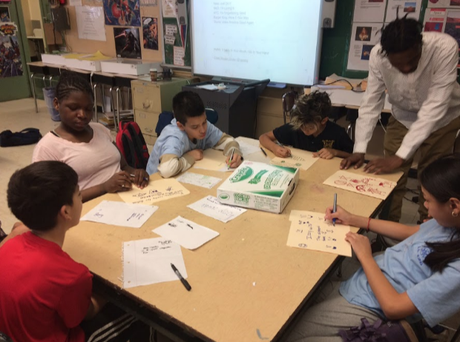
I had no idea what the needs of these particular kids were, but on my first day in class, it was very clear to me that the TAs, Jay and TV, could not conduct a lesson as they normally would. The kids were unruly, chatting with each other making jokes, and being generally disruptive.
So Jay and TV did something surprising: they dropped the lesson and spent the remainder of class mostly teaching the kids the focusing game Zip Zap Zop.
If you don’t know how to play Zip Zap Zop, here’s a fun tutorial: https://www.youtube.com/watch?v=uhgddMgzBWo
By the end of class, the group had cohered and seemed ready to engage with the lesson. Too bad class was over! Jay and TV quickly touched on a couple of ideas they’d be dealing with during the residency and the kids were out the door.
In subsequent weeks, their lesson plans included an adaptation for this class, always beginning with Zip Zap Zop or a similar game.
They set out a slightly less ambitious goal for what they hope to get done with the group each day than they do with other classes. And, while there have certainly still been challenges, the kids are showing moments of real engagement and creativity with the ideas Jay and TV are bringing in, like discrimination, bullying, and gun violence.
After that first class, I honestly considered trying to switch out to a class that was more representative of the usual, larger classes a TA might have. And I’ve since been able to also sit in on the 2nd period class, which falls more into that category. But I stayed in that first class and am really happy I did.
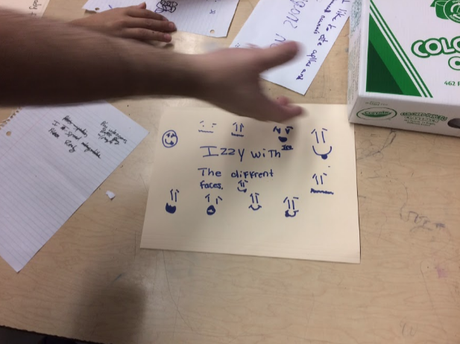

Because I now truly understand that there is no “usual” classroom as a teaching artist, especially in NewYork City. We must be prepared for any kind of student and gather as many tools as possible to facilitate equally in those students a heightened social consciousness and awareness of the power of their own creativity.
We recently worked with the kids in that first period class on writing a personal slogan.
I spent most of my time sitting with a boy named Alex. After a bit of work and leading, I finally found out he was into gaming and one game in particular. Eventually, we collaborated on a slogan for him: Ready for the Next Level.
All the kids we teach are ready for the next level. We just need to realize they’re not all starting from the same place and meet them where they are, not where we expect them to be.

